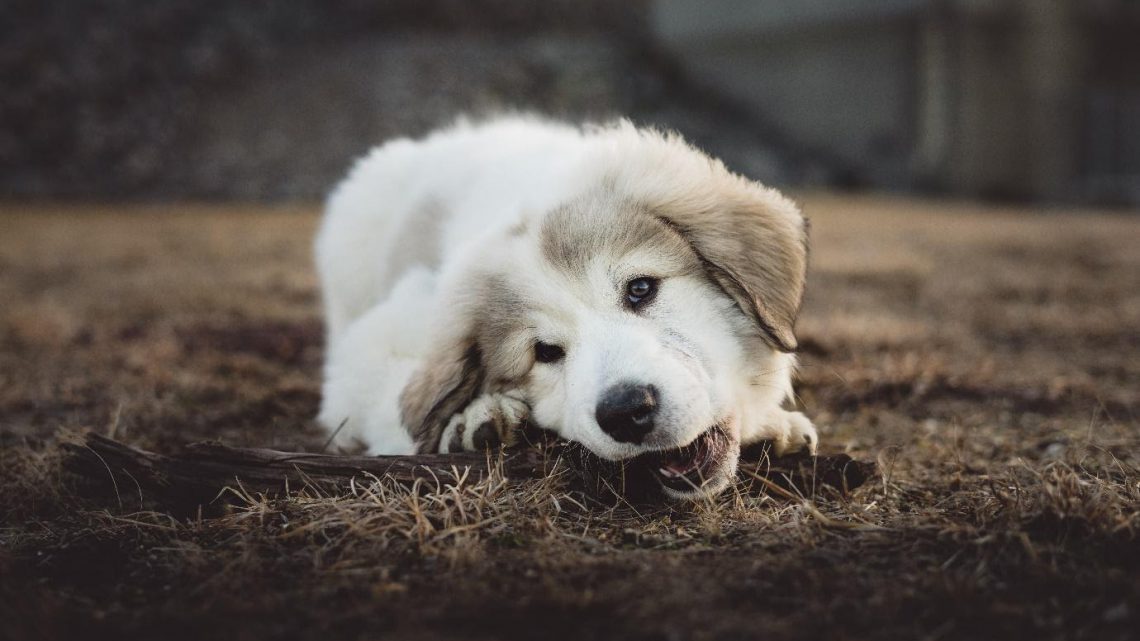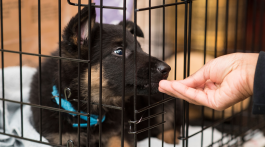Puppy training is an integral part of getting the best out of your dog. It will take perseverance and consistency, but overall you will be rewarded for the effort put in. While it’s great to start training your new puppy from a young age, the adage of you can’t teach an old dog new tricks in simply untrue. An older dog will need more time to learn new things (an unlearn bad habits) but, it is a hundred percent possible and rewarding for both dog and owner.
Tips for Instructors
- Start the dog training in a quiet room with very little distraction. Use the same room for every session. This will help the dog understand what is going to happen and to get ready.
- Use the same tone when giving a command and a different one when rewarding correct behaviour. This will help your dog understand the difference between the two.
- Keep the sessions relatively short but make them regular. The complexity of the trick will determine how long it takes to learn.
- Use smaller tricks to build into new ones. The trick ‘roll’ is complex, but when broken into stages (sit-drop-roll) it becomes easier to learn.
- Have patience – many tricks will take time for your dog to master.
- Always end the session with something your dog knows well so training sessions can end on a positive note.
- Use positive rewards for all efforts your dog makes to learn the commands.
Basic Training for Dogs
Over the years we have seen dogs do amazing things, but it is good to remember that all of these dogs started with no knowledge of what to do. Here are some basic starting commands. Once you have trained your new puppy has these down pat the sky is your limit!
Knowing their Name
Training your new puppy to know it’s name is important if they are to have any chance at learning tricks. Most dogs will understand what you say when you need their attention. However, you can further re-enforce this by calling them when they are not paying attentio0n and then giving them a reward when they look at you or give some other positive result.
Sit & Stay
The most basic commands are Sit and stay Almost everyone has great success in teaching these. Sit is vital for road safety, and stay is excellent for further learning.
To teach sit, you can use a treat in your hand and slowly move it past their nose. Ideally, the dog will move his head toward the treat and sit, at this time speak the command. You should avoid trying to force the dog into a sitting position, as this can have a negative effect.
Recall
Recall is the second most basic command that dogs should understand. This should be taught after they know the ‘sit & stay’ command.
Allow them to wander, and then when they are not paying attention call their name and use the command ‘come’ or ‘here’ (or any other single word phrase). Follow the correct behaviour with praise and rewards. Eventually, you should be able to do this without the lead and your dog will come at your command.





No Comment